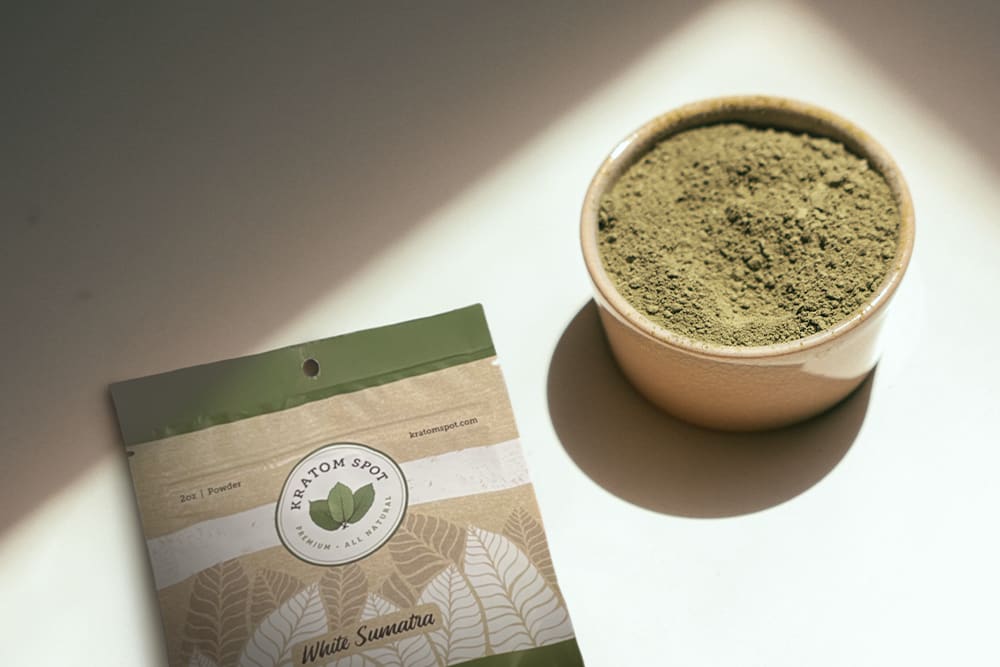History of Kratom
The history of Kratom dates back hundreds of years, with records of its use in traditional medicine practices in Southeast Asia. The leaves of the Kratom tree were chewed or brewed into tea by indigenous populations for its stimulant and pain-relieving effects. In Thailand, Kratom was commonly used by laborers to ease fatigue and increase productivity. It was also used as a remedy for diarrhea, cough, and wounds.
In the 19th century, Kratom caught the attention of Western researchers who recognized its potential medicinal properties. However, its use was restricted in Thailand and Malaysia in the 1940s due to concerns about its addictive nature. Despite this, Kratom continued to be used in these countries, as well as in neighboring regions like Indonesia and Myanmar.
In recent years, Kratom has gained popularity in the United States and other Western countries as an herbal supplement for pain management, anxiety relief, and opioid withdrawal symptoms. The availability of Kratom in various forms, such as powder, capsules, and extracts, has made it more accessible to a wider audience. However, the legal status of Kratom varies from state to state, with some states banning its sale and possession.
Usage of Kratom
Kratom is typically consumed in one of several forms, including:
- Kratom powder: Dried leaves of the Kratom tree are ground into a fine powder that can be mixed with water, juice, or other liquids for ingestion. This is the most common form of Kratom consumption.
- Kratom capsules: Powdered Kratom is encapsulated for convenient consumption, providing a measured dose without the need for measuring or mixing.
- Kratom extracts: Concentrated forms of Kratom that offer a more potent effect. These extracts are often used by experienced users for a stronger and faster-acting experience.
- Kratom tea: Dried Kratom leaves are steeped in hot water to create a tea that can be consumed for its effects.
The effects of Kratom can vary depending on the strain, dosage, and individual tolerance. Different strains of Kratom, such as Red Vein, White Vein, and Green Vein, offer different effects, ranging from sedative to stimulant properties. The dosage of Kratom is typically measured in grams, with lower doses (1-3 grams) producing stimulating effects and higher doses (5-10 grams) resulting in sedative effects.
Effects of Kratom
Kratom is known for its diverse range of effects, which can be both positive and negative depending on the user and dosage. Some of the most common effects of Kratom include:
- Pain relief: Kratom contains alkaloids that act on opioid receptors in the brain, providing relief from chronic pain conditions such as arthritis, fibromyalgia, and migraines.
- Mood enhancement: Kratom is often used for its mood-enhancing properties, promoting feelings of euphoria, relaxation, and well-being.
- Energy boost: Low doses of Kratom can increase energy levels and focus, making it a popular choice for individuals looking for a natural stimulant.
- Anxiety relief: Kratom has anxiolytic properties that can help reduce symptoms of anxiety and promote a sense of calmness.
- Opioid withdrawal: Kratom has been used as a natural alternative to traditional opioid medications for managing withdrawal symptoms and cravings.
- Improved focus and concentration: Many users report increased mental clarity and focus when using Kratom, making it a popular choice for studying or work.
While these effects can be beneficial for some individuals, Kratom also carries potential risks and side effects that should be considered before use. Some of the negative effects of Kratom include:
- Nausea and vomiting: Excessive Kratom consumption can lead to gastrointestinal discomfort, including nausea, vomiting, and stomach cramps.
- Dizziness and drowsiness: High doses of Kratom can cause dizziness, drowsiness, and impaired coordination, making it unsafe to drive or operate machinery.
- Dependence and addiction: Kratom contains alkaloids that can be addictive, leading to physical and psychological dependence with long-term use.
- Liver toxicity: There have been reports of liver damage associated with Kratom use, especially when consumed in high doses or combined with other substances.
- Respiratory depression: Like traditional opioids, Kratom can cause respiratory depression at high doses, which can be life-threatening in severe cases.
- Drug interactions: Kratom may interact with other medications or substances, leading to potential complications or adverse reactions.
It is important to note that individual reactions to Kratom can vary, and it is essential to start with a low dose and monitor your body's response. If you experience any adverse effects or concerns, it is recommended to consult with a healthcare professional before continuing Kratom use.
Regulation and Legality of Kratom
 The legal status of Kratom is a topic of debate in many countries, with some banning its sale and use due to concerns about its safety and potential for abuse. In the United States, Kratom is legal at the federal level, but several states have imposed restrictions or outright bans on its sale and possession. Other countries, such as Australia, Finland, and Thailand, have classified Kratom as a controlled substance, making it illegal to buy, sell, or possess.
The legal status of Kratom is a topic of debate in many countries, with some banning its sale and use due to concerns about its safety and potential for abuse. In the United States, Kratom is legal at the federal level, but several states have imposed restrictions or outright bans on its sale and possession. Other countries, such as Australia, Finland, and Thailand, have classified Kratom as a controlled substance, making it illegal to buy, sell, or possess.The lack of regulation and oversight in the Kratom industry has raised concerns about product quality, purity, and safety. Some Kratom products have been found to contain contaminants, additives, or synthetic substances that can pose health risks to consumers. It is essential to purchase Kratom from reputable sources that adhere to strict quality control standards and third-party testing.
 Education and Harm Reduction
Education and Harm ReductionAs with any substance, education and harm reduction are critical components of responsible Kratom use. It is essential for individuals to research and understand the effects, risks, and legal status of Kratom before making an informed decision about its use. Open communication with healthcare providers, addiction specialists, and support groups can help mitigate potential risks and provide guidance on safe consumption practices.
If you or someone you know is struggling with Kratom use or addiction, it is important to seek help and support from qualified professionals. Treatment options, such as therapy, detoxification programs, and support groups, can help individuals manage withdrawal symptoms, address underlying issues, and achieve long-term recovery goals. Remember that it is never too late to seek help and make positive changes in your life.
 Conclusion
ConclusionIn conclusion, Kratom is a natural substance with a complex history, diverse effects, and potential risks that should be carefully considered before use. While Kratom has been used for centuries in traditional medicine practices, its increased popularity in Western societies has raised questions about its safety, legality, and regulation. By educating yourself about Kratom, seeking guidance from healthcare professionals, and practicing harm reduction strategies, you can make informed decisions about its use and ensure your well-being.
Remember that moderation, respect, and caution are key principles to follow when consuming Kratom or any other substance. Listen to your body, pay attention to your physical and mental reactions, and seek help if you have concerns or experience negative effects. With the right knowledge, support, and mindset, you can navigate the world of Kratom responsibly and safely.






